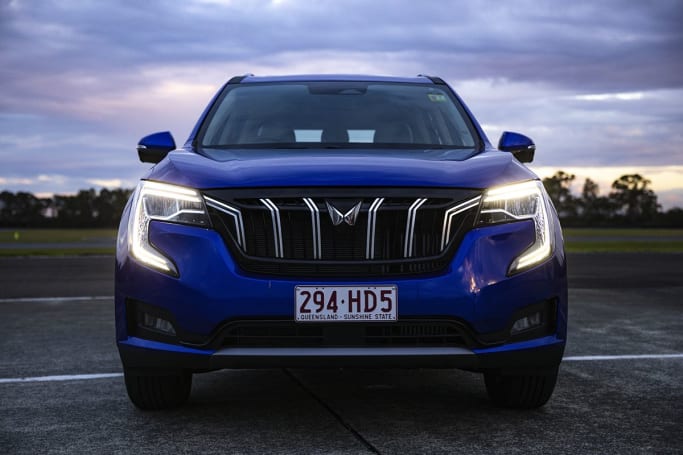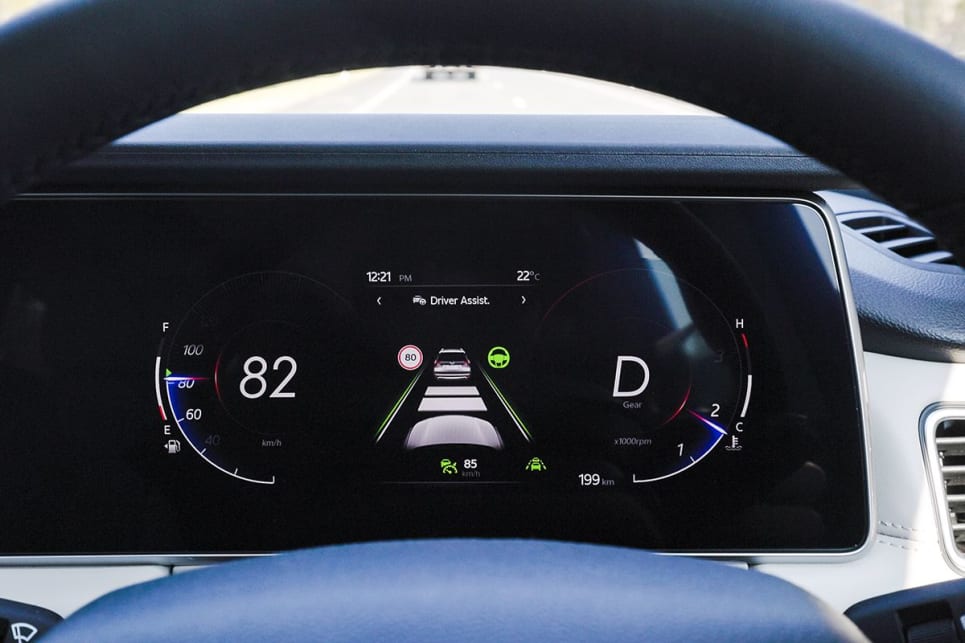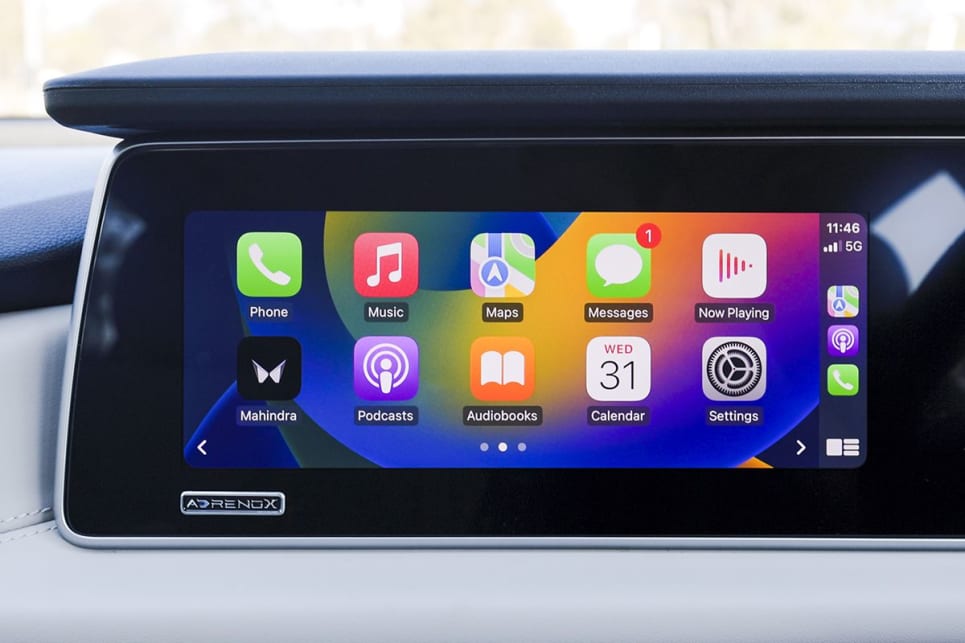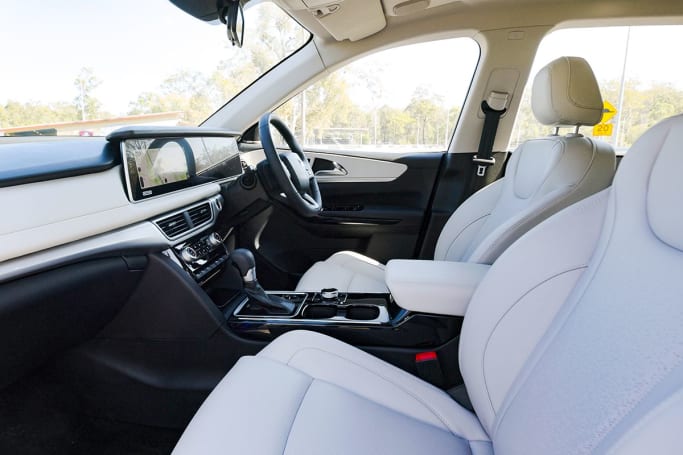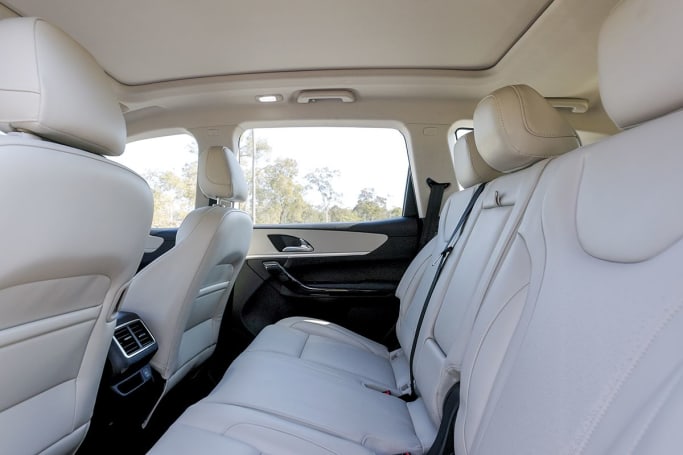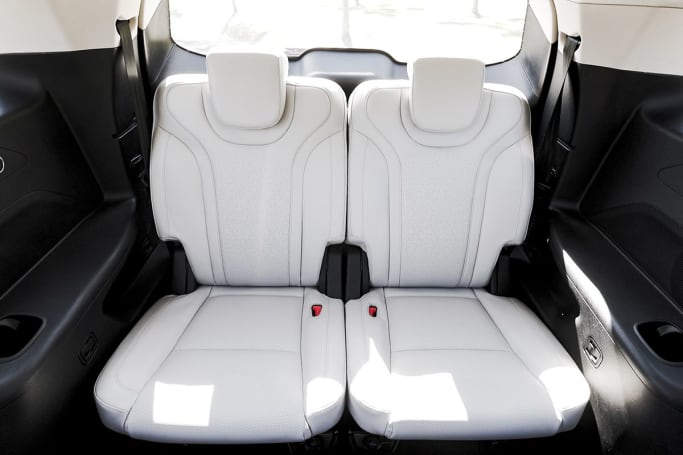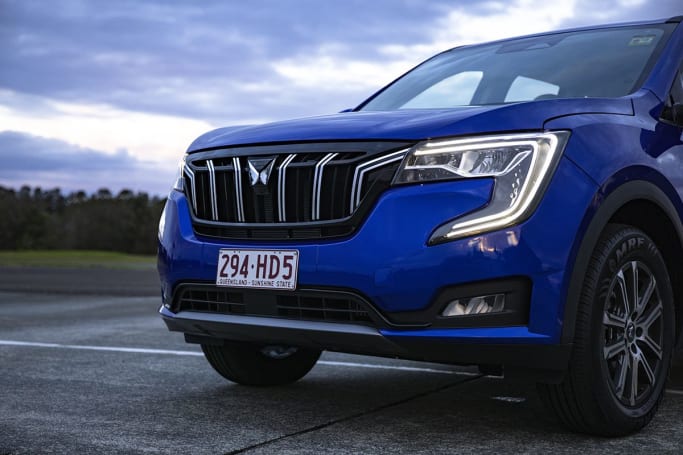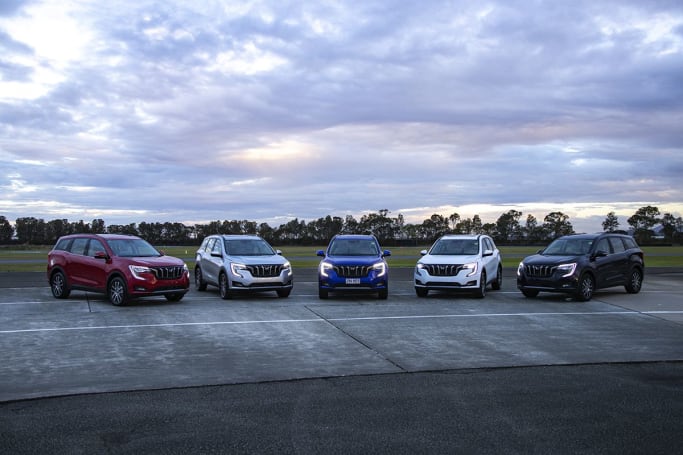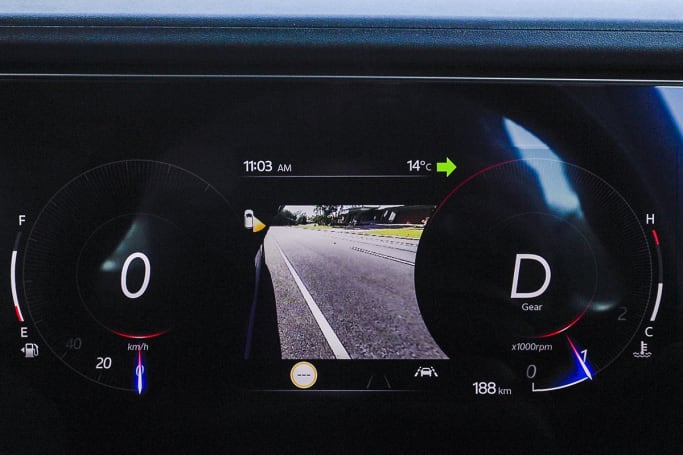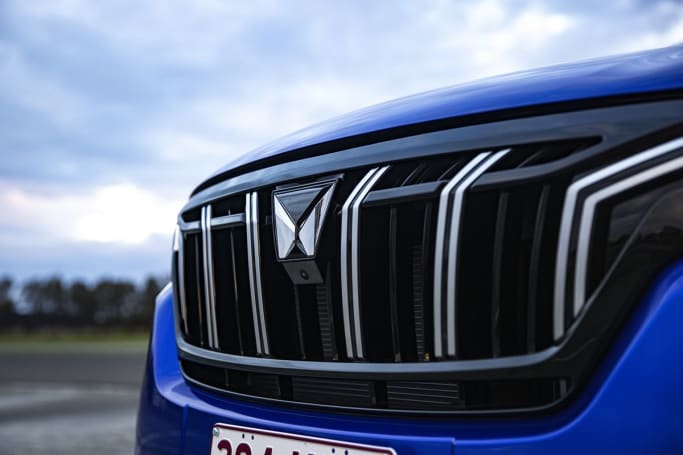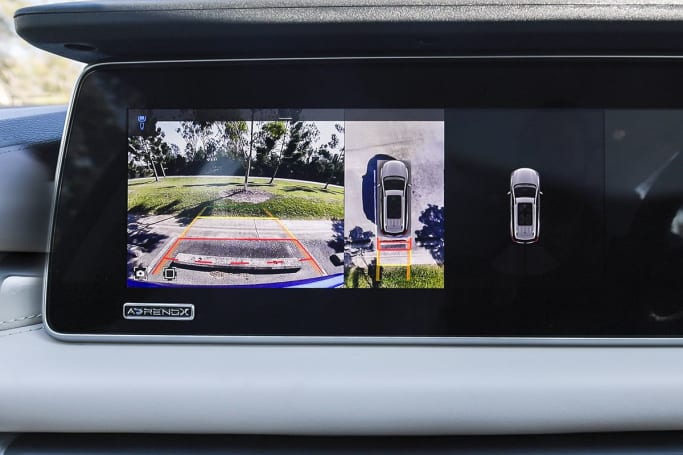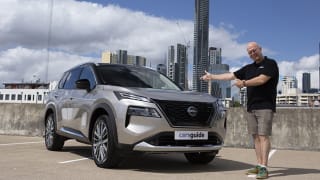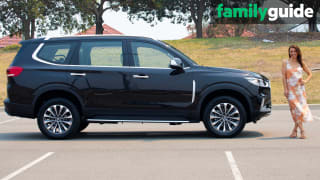This car has its work cut out for it because the precedent for Mahindra SUVs in Australia isn’t great.
Back in 2018, this car’s predecessor, the XUV500 arrived to lacklustre reviews despite its similar market positioning. Back then, low-cost alone wasn’t enough to crack Australia’s heated mid-size SUV market, but now Mahindra is promising its all-new generation product is different and ready for a more global audience.
The pricing for the XUV700 is immediately impressive. Starting at $36,990 drive-away for the entry-point AX7, this car is now officially Australia’s cheapest seven-seat SUV, and this hasn’t come at the expense of standard equipment.

The price includes 18-inch alloy wheels, LED headlights, dual 10.25-inch screens for the multimedia and digital instruments, wired Apple CarPlay and Android Auto connectivity, synthetic leather interior trim, a six-way power adjustable driver’s seat, dual-zone climate control, push-start ignition, and even a panoramic sunroof.
Stepping up to the top-spec AX7L which commands a $3000 premium ($39,990 drive-away) adds some missing safety equipment like a blind spot view monitor, a more advanced adaptive cruise system (able to come to a full stop and re-start), as well as a 360-degree parking camera.
This version also scores electronically retracting door handles, a premium audio system, and a wireless phone charger.
Bizarrely, it also adds a seventh airbag for the driver’s knee and a telescopically adjustable steering column, and swaps out the manual lever handbrake for a digital switch.

These are things which would normally be expected as standard on many of its rivals, and it’s a shame to see safety items, particularly airbags, behind a paywall.
Regardless, the fact this car manages to significantly undercut established rivals like the entry-level seven-seat Nissan X-Trail, Mitsubishi Outlander, Honda CR-V and even the cut-price LDV D90, while providing similar equipment levels is pretty impressive.
There are no options for now bar several accessories. All five colour options are free, and Mahindra says there’s more to come in terms of spec levels and interior options if all goes well.




